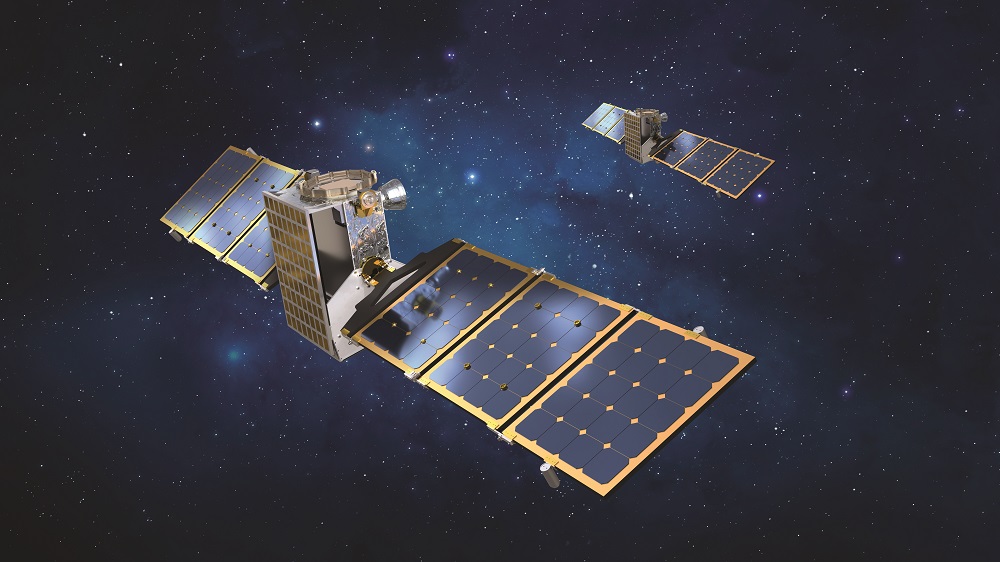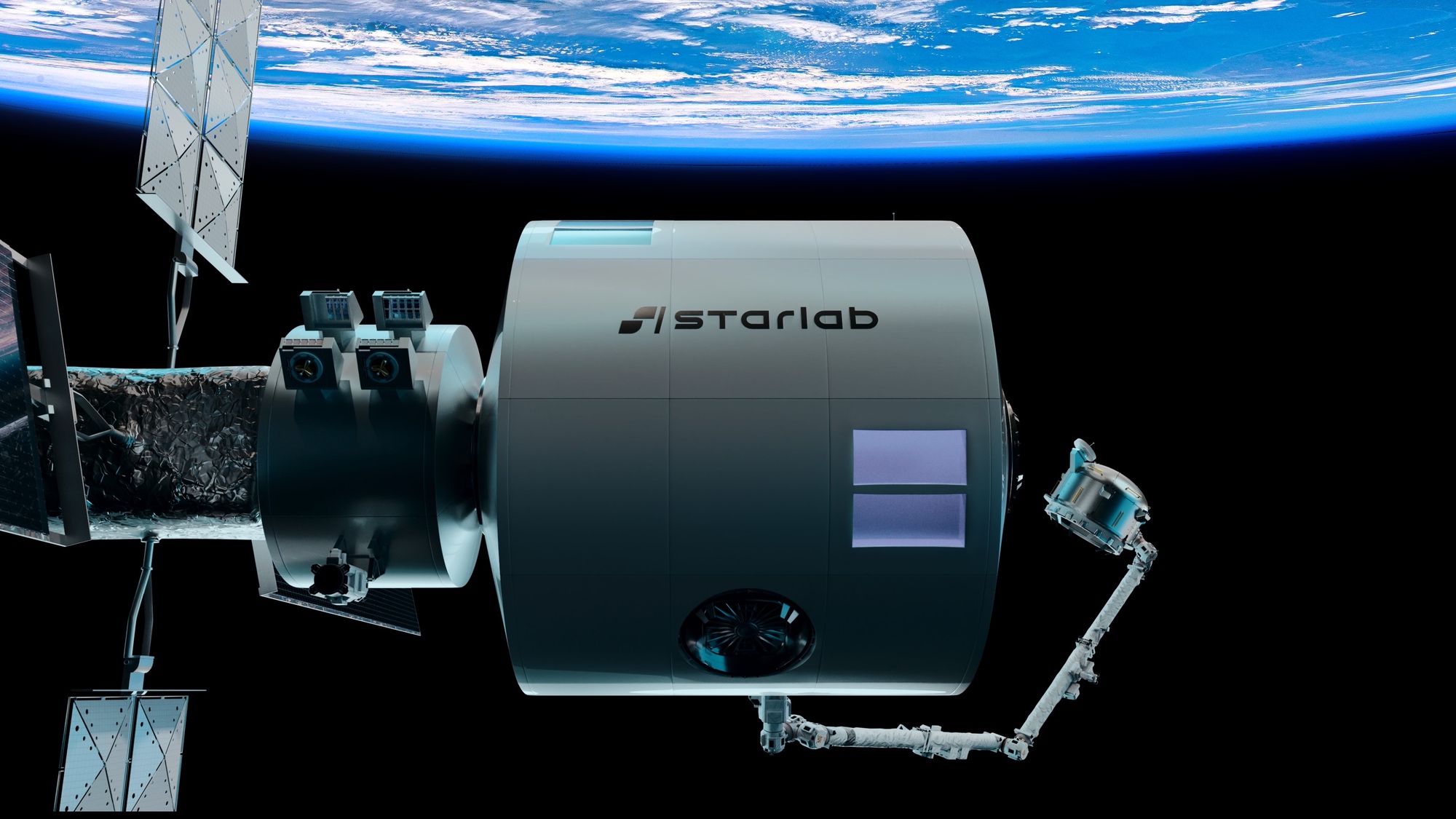WASHINGTON — After a four-week hiatus, NASA has republished a document seeking ideas for how to repurpose a pair of smallsats for an asteroid mission, removing many technical details about those spacecraft in the process.
NASA released a request for information (RFI) Aug. 30 seeking input on concepts to use the Janus spacecraft, currently in storage, to visit the asteroid Apophis ahead of that asteroid’s close flyby of the Earth in April 2029.
“Specifically, NASA is interested in facilitating the development of a non-NASA-led mission to Apophis utilizing the agency’s near-fully developed but still un-flown Janus spacecraft,” the agency stated in a notice announcing the RFI. Responses were due to NASA on Oct. 1.
However, by the end of the day Aug. 30, NASA withdrew the RFI. In a statement on the NASA Solicitation and Proposal Integrated Review and Evaluation System (NSPIRES) website that hosted the RFI, NASA said “the RFI document has been pulled down so it can be corrected.” The announcement did not disclose what needed to be corrected or when it would be reposted other than “as soon as possible.”
As soon as possible, it turned out, was four weeks. NASA reposted the RFI Sept. 27 on NSPIRES, with a new response deadline of Oct. 28, but did not describe what had been corrected. “The new file does not indicate specific changes. Therefore, all respondents must read the contents of this restored RFI file in their entirety. Please read carefully,” the agency stated.
A comparison of the original and revised RFI documents shows that that differences are primarily in the level of technical detail about the Janus spacecraft. The original RFI included tables listing mass budgets for the two Janus spacecraft, which differ slightly from each other, as well as power margins. Those tables are missing from the new RFI, along with a diagram showing an interior schematic of one of the spacecraft.
The new RFI also revised details about spacecraft subsystems. The new version provides general details about subsystems such as propulsion and communications, like the number of thrusters. The original, though, listed specific companies and model names for subsystems. In the case of propulsion, for example, it noted the spacecraft use IFM Nano electric thrusters from Enpulsion.
NASA did not explain why it removed the detailed technical information from the RFI, which had few other revisions. NASA spokespersons did not respond to several requests for comment on the status of the RFI dating back to Sept. 19.
Industry sources said they also got little or no guidance about how to proceed, particularly since NASA continued to list an Oct. 1 deadline for the RFI until it published the revised version Sept. 27. NASA added it would not accept responses to the RFI that had been submitted before Sept. 27 and thus based on the original document.
Scientists have previously identified the Janus spacecraft as one way to study Apophis before its upcoming Earth flyby. NASA already has plans to use OSIRIS-APEX, the main spacecraft from the OSIRIS-REx asteroid sample return mission, to visit the asteroid after the flyby, but scientists are interested in observing the asteroid before the flyby to see if the gravitational effects of the close approach alter the asteroid in any way.
The Janus spacecraft were originally built to fly by binary asteroids, and were to launch as secondary payloads on the Psyche mission. However, delays in the launch of Psyche prevented the Janus spacecraft from reaching their original targets, and NASA elected to put the spacecraft, effectively complete, into storage.
NASA held a workshop in February seeking what it called “innovative approaches for a low-cost mission” to Apophis. Agency officials said earlier this year that reuse of the Janus spacecraft was one possible approach to implementing such a mission, but added that funding constraints made it difficult for it to pursue any concept.



